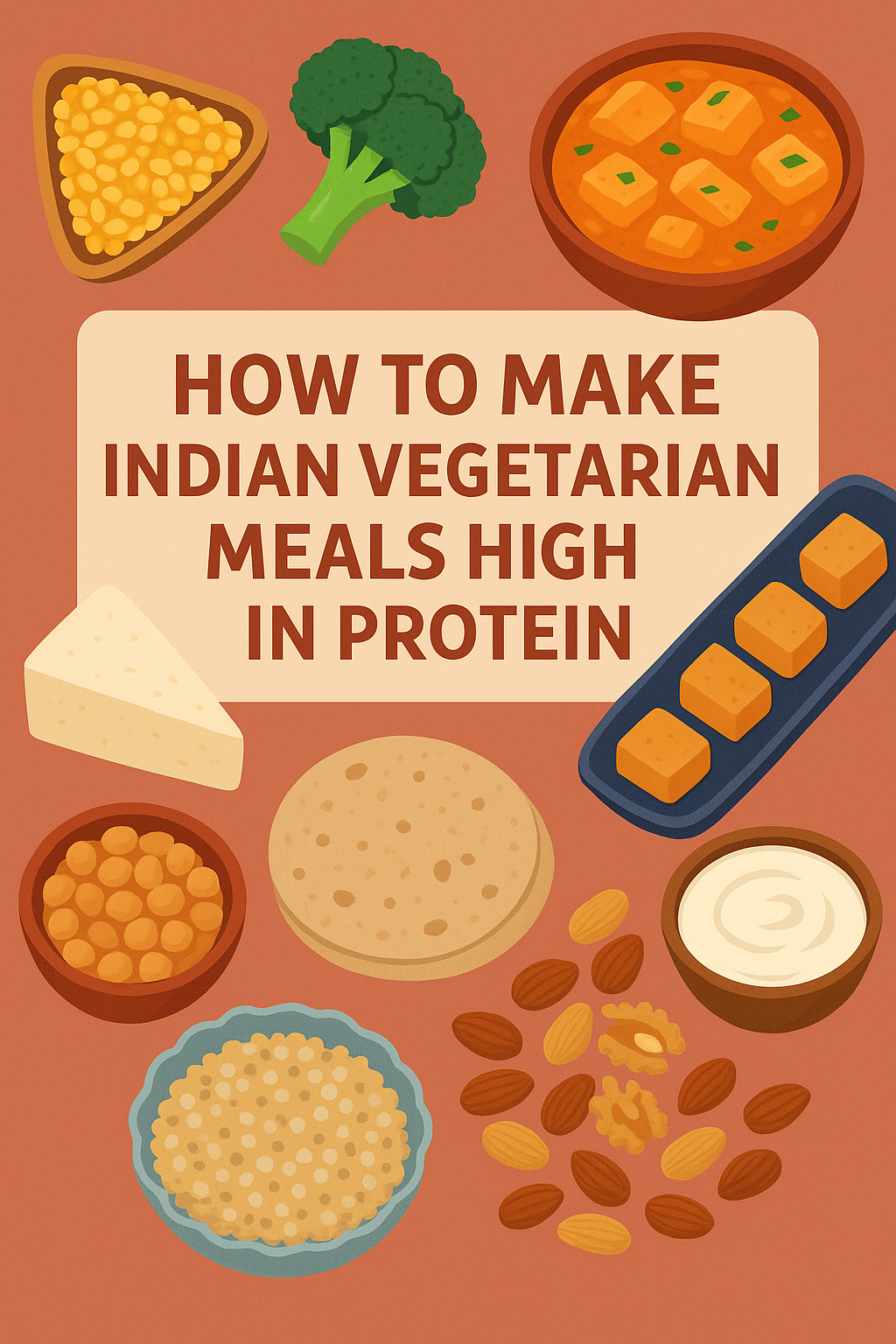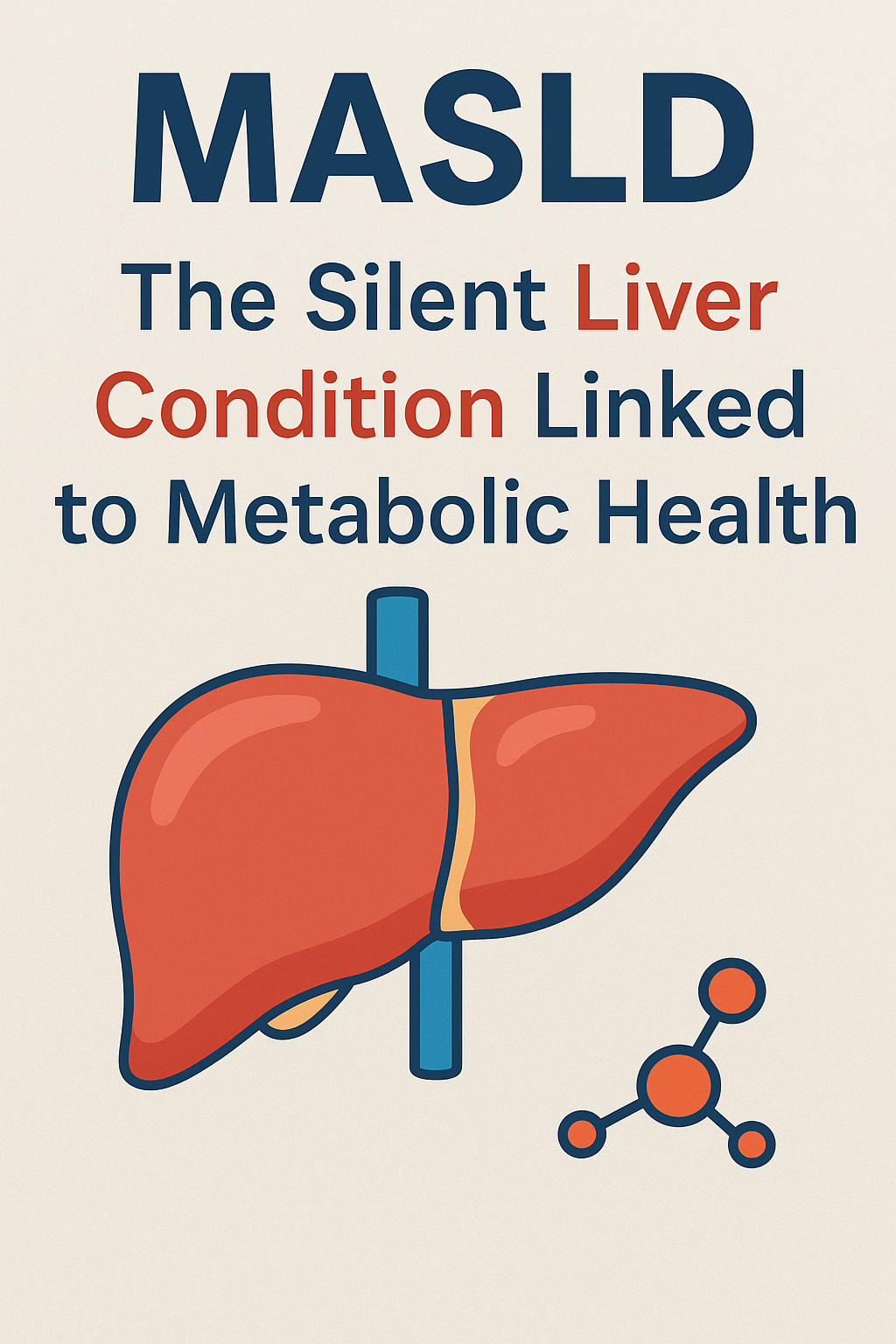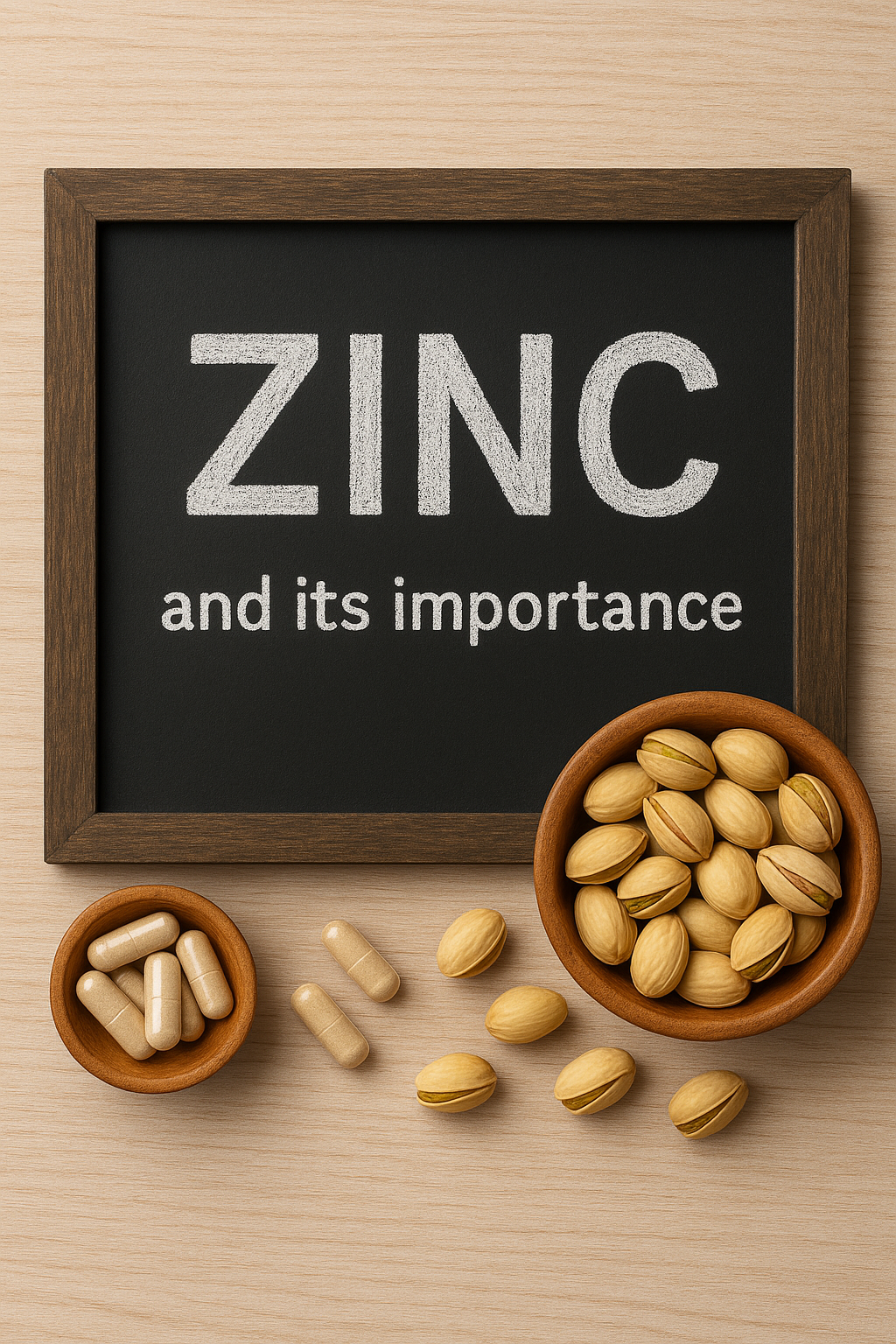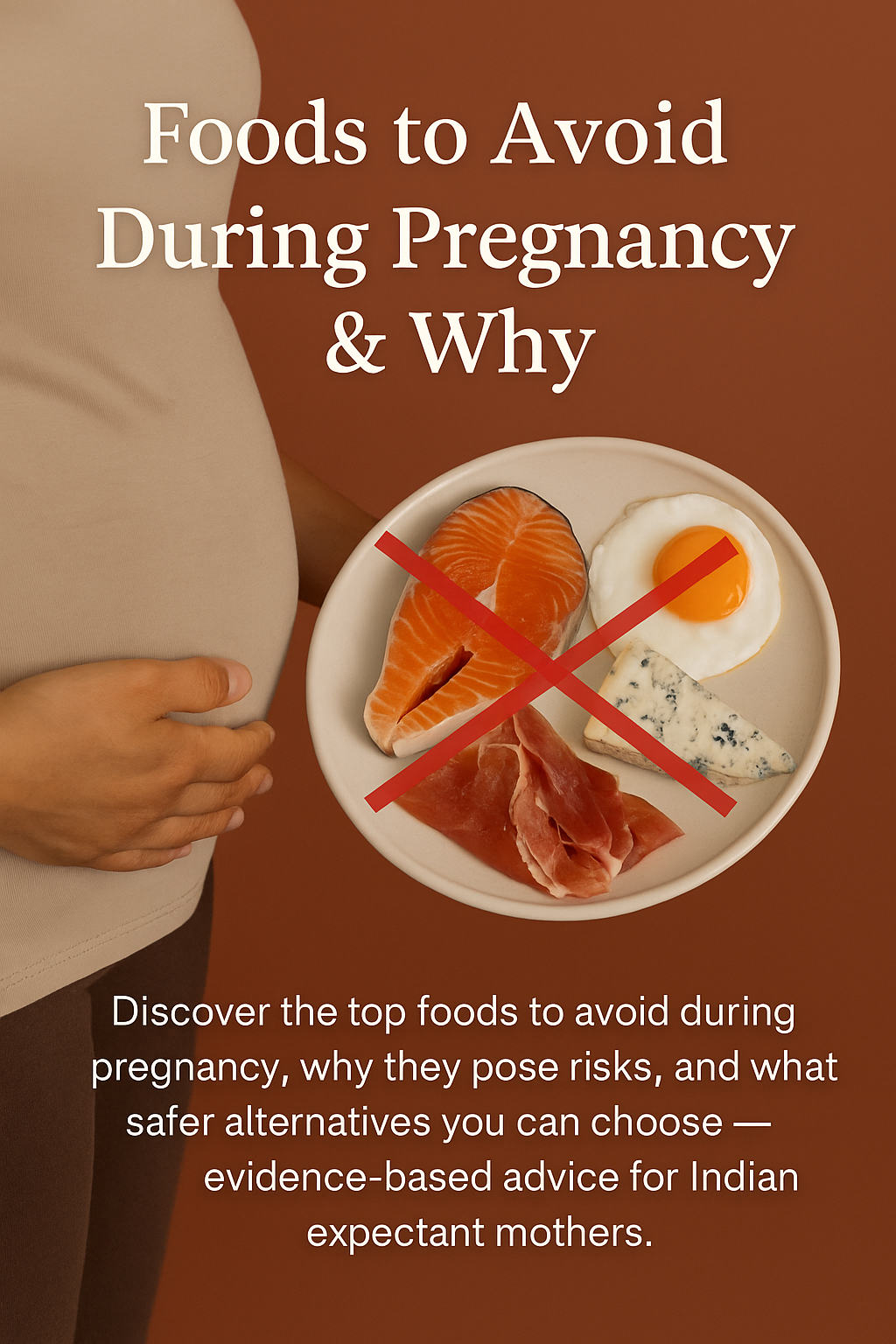Protein is an essential macronutrient that plays a key role in building and repairing tissues, producing enzymes and hormones, and supporting overall growth and health. As a vegetarian, it can sometimes be challenging to meet your daily protein needs, but with the right ingredients and meal planning, it’s absolutely achievable. Indian cuisine, with its diverse array of legumes, lentils, dairy products, and grains, offers plenty of high-protein options that can easily be incorporated into your meals.
In this blog post, we’ll explore how to make your Indian vegetarian meals rich in protein, ensuring that your diet supports muscle health, immunity, and overall well-being. 🌾🍴
1. Incorporate Legumes and Lentils 🫘
Lentils and legumes are staple ingredients in Indian cuisine and are packed with protein. Varieties like moong dal, toor dal, chana dal, kidney beans (rajma), and black beans (urad dal) are high in protein and fiber, making them an excellent choice for vegetarians. You can use them in a variety of dishes like soups, curries, and salads.
Studies show that when eaten regularly as part of a healthy diet, legumes may help to:
- Protect against type 2 diabetes
- Improve blood sugar and blood fat control for people who have diabetes
- Lower blood pressure and cholesterol
- Control weight
- Lower your risk of heart disease
They are a souce of good amount of protein, like:
-
Moong dal (yellow lentils): 1 cup cooked = 14g protein
-
Chana (chickpeas): 1 cup cooked = 15g protein
-
Rajma (kidney beans): 1 cup cooked = 13g protein
Tip: Pair legumes with whole grains like rice or chapati for a complete protein profile, as they complement each other in terms of amino acid content.
2. Add Dairy for Protein Boost 🧀🥛
Dairy products like paneer (Indian cottage cheese), yogurt, and milk are excellent sources of protein and are commonly used in Indian meals. Paneer, for example, is rich in casein, a slow-digesting protein that provides a steady supply of amino acids.
-
Paneer: 100g = 18g protein
-
Greek yogurt: 1 cup = 20g protein
-
Milk: 1 cup = 8g protein
You can add paneer to curries, salads, or even enjoy it grilled or as a snack. Similarly, yogurt can be used in raita, smoothies, or dips, or simply enjoyed on its own.
3. Embrace Whole Grains 🍚
Whole grains like quinoa, millets (bajra, jowar), and amaranth are not only rich in fiber but also high in protein. Quinoa is often considered a “complete protein” because it contains all nine essential amino acids, making it a great addition to a vegetarian diet.
-
Quinoa: 1 cup cooked = 8g protein
-
Amaranth: 1 cup cooked = 9g protein
-
Bajra (pearl millet): 1 cup cooked = 6g protein
Incorporating these grains into your meals will help increase your overall protein intake while also providing essential nutrients like iron, magnesium, and fiber.
4. Utilize Tofu and Tempeh 🍲
Both tofu and tempeh are made from soybeans and are excellent plant-based sources of protein. Tofu is versatile and can be used in a variety of Indian dishes, from curries to stir-fries. Tempeh, which is fermented, has a firmer texture and higher protein content.
-
Tofu: 100g = 10g protein
-
Tempeh: 100g = 19g protein
You can add tofu to paneer tikka recipes, sauté it with vegetables, or even use it in parathas or wraps. Tempeh works well in curries, sandwiches, or simply grilled with spices.
Caveat: While tofu and tempeh are excellent sources of protein, soy products contain phytoestrogens. For females, overconsumption of soy may affect hormone balance, so it’s best to consume them in moderation as part of a varied diet.
5. Include Nuts and Seeds 🌰
Nuts and seeds are an excellent way to add protein to your diet, and they are also packed with healthy fats, making them great for heart health. Almonds, walnuts, chia seeds, flaxseeds, and sunflower seeds are all great protein sources.
-
Almonds: 1 ounce (28g) = 6g protein
-
Chia seeds: 1 ounce (28g) = 5g protein
-
Flaxseeds: 1 tablespoon = 2g protein
Add them to your smoothies, sprinkle on top of salads, or enjoy them as a snack to boost your protein intake. You can also use nut butters like almond or peanut butter in smoothies, parathas, or as a dip.
6. Incorporate Vegetables with High Protein Content 🥦
While vegetables aren’t usually high in protein, some varieties contain significant amounts. Spinach, broccoli, peas, sweet potatoes, and artichokes provide decent amounts of protein and can be added to your meals.
-
Spinach: 1 cup cooked = 5g protein
-
Broccoli: 1 cup cooked = 4g protein
-
Peas: 1 cup cooked = 9g protein
You can make spinach dal, peas pulao, or broccoli stir-fry to increase protein intake while adding more vitamins and minerals to your diet.
7. Add Plant-Based Protein Powders 🏋️♀️
If you find it difficult to meet your protein needs through whole foods, plant-based protein powders like pea protein, hemp protein, and brown rice protein can be added to smoothies, porridges, or even protein bars. These powders are an excellent option to increase protein intake without consuming animal products.
-
Pea protein: 1 scoop (30g) = 20g protein
-
Hemp protein: 1 scoop (30g) = 15g protein
These protein powders are usually hypoallergenic and easy to digest, making them a great addition to any vegetarian diet.
Conclusion:
Making Indian vegetarian meals high in protein is easier than you think! By including a variety of protein-rich foods such as legumes, dairy, whole grains, tofu, nuts, and seeds, you can easily meet your daily protein needs while enjoying the rich, flavorful dishes of Indian cuisine.
Whether you’re trying to build muscle, improve your overall health, or manage weight, the right protein-packed meals can help you achieve your goals while keeping your diet nutritious and satisfying. 🌱

Akanksha Sharma
Dr. Akanksha Sharma, Head Writer and creator of AtoZ of Pregnancy, is dedicated to empowering women, parents, and families through 360-degree knowledge. She and her team provide evidence-based advice to guide families through pregnancy, parenting and beyond.






